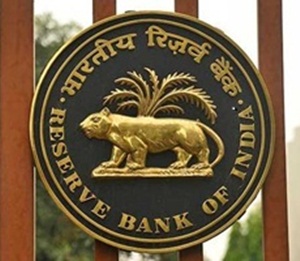Reserve Bank of India (RBI) has allowed banks to use government bonds equivalent to an additional 2 per cent of their net demand and time liabilities (NDTL) thereby helping them to tap increasingly into their statutory liquidity reserves to meet their liquidity needs.

The central bank said that banks could ‘carve out’ up to 15 per cent of holdings under SLR to meet their LCR requirements, compared to 13 per cent earlier. The measure will help reduce the need for statutory bond requirements of banks, and increase funds available for lending to their clients.
This should supplement the ability of individual banks to avail of liquidity, if required, from the repo markets against high quality collateral. This in turn will help improve the distribution of liquidity in the financial system as a whole.
At present, the assets allowed as the Level 1 High Quality Liquid Assets (HQLAs) for the purpose of computing the LCR of banks, inter alia, include government securities in excess of the minimum SLR requirement and government securities to the extent allowed by RBI under Marginal Standing Facility (MSF) within the mandatory SLR requirement forming 2 per cent of the bank's NDTL and 11 per cent of NDTL under the Facility to Avail Liquidity for Liquidity Coverage Ratio (FALLCR).
RBI said effective 1 October banks will be permitted to reckon government securities held by them up to another 2 per cent of their NDTL, under FALLCR within the mandatory SLR requirement, as Level 1 HQLA for the purpose of computing their LCR. This takes the SLR under FALLCR to 13 per cent and the total carve out from SLR available to banks to 15 per cent of their NDTL.
For the purpose of LCR, RBI said, banks may continue to value such government securities reckoned as HQLA at an amount not greater than their current market value (irrespective of the category under which the security is held, ie, HTM, AFS or HFT).
RBI said it has also provided a liberal infusion of liquidity through term repos in addition to the usual provision via the Liquidity Adjustment Facility. As of 26 September, banks have availed of Rs1,88,000 crore through term repos from the RBI.
“As a result of these steps, the system liquidity is in ample surplus.” Besides, RBI said it stands ready to meet the durable liquidity requirements of the system through various available instruments.
The RBI and capital market regulator Securities and Exchange Board of India on Sunday said they were closely monitoring activities in the financial markets and ready to take appropriate actions, if required.
The statement followed concerns that tight liquidity conditions, along with a trust deficit towards non-bank lenders, could lead to a liquidity squeeze. Banks and mutual funds have turned nervous about lending to non-banking financial companies after Infrastructure Leasing & Financial Services (IL&FS) and its subsidiaries started defaulting on debt securities, despite having strong ratings until recently.







.webp)

















